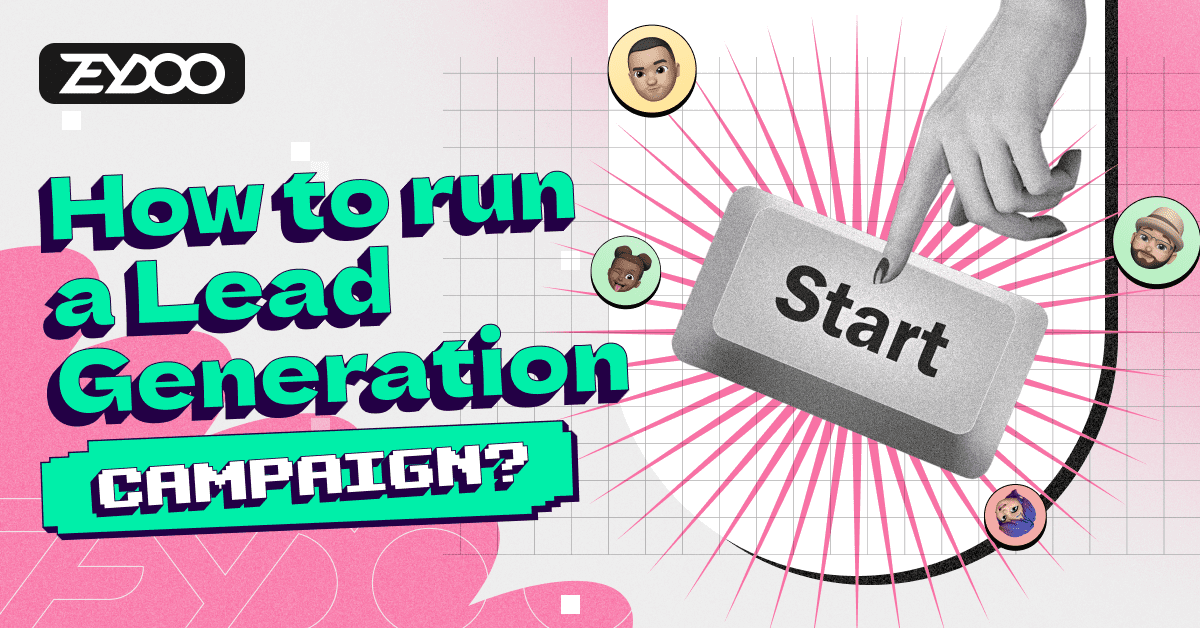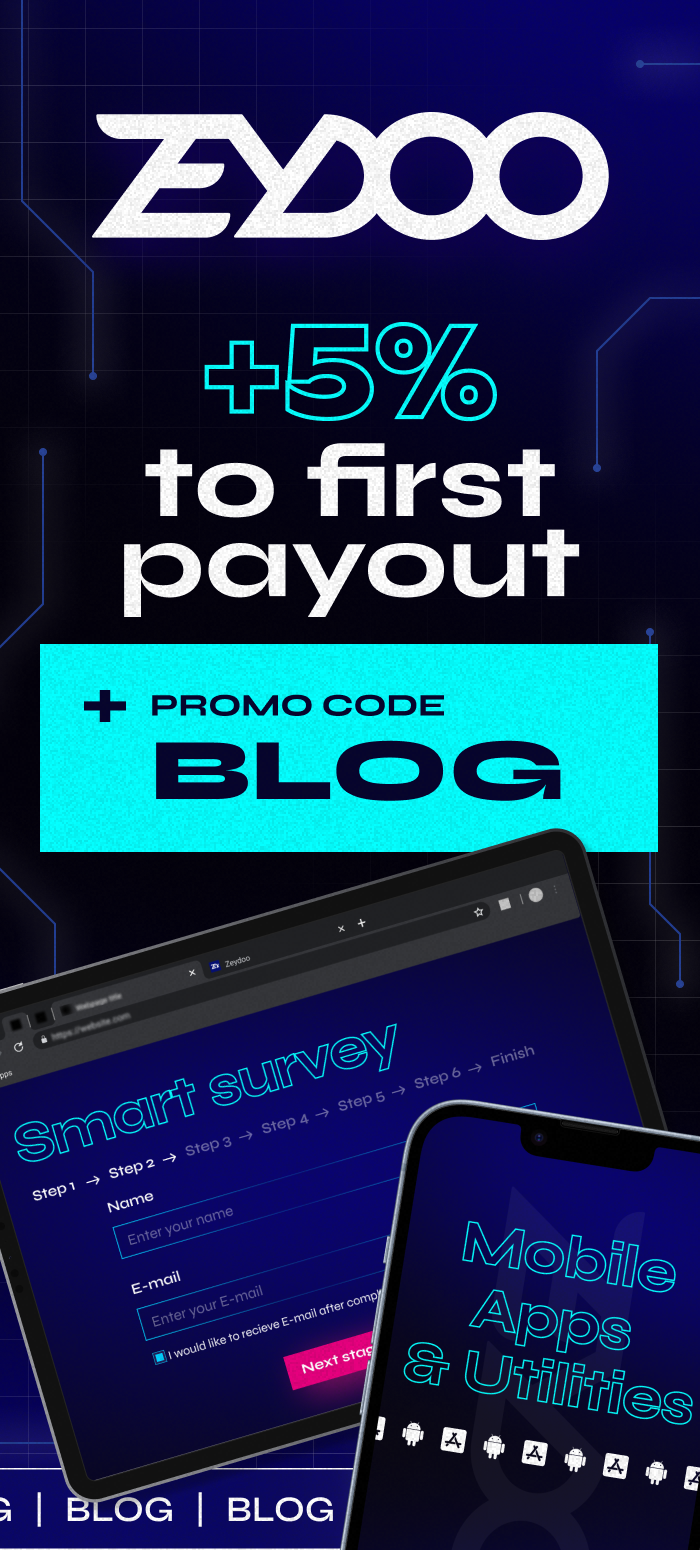To keep your business thriving, mastering the art of lead generation campaigns is crucial. These bad boys are the secret sauce that keeps potential customers rolling in. Lead generation efforts target potential consumers. Turning them into customers is the goal.
It’s similar to fishing, except you’re using compelling content instead of traditional bait. With irresistible offers, you can attract and engage your audience. And believe me, once you become experienced, you’ll generate leads rapidly, faster than you can imagine!

What is a Lead Generation Campaign?
You might be wondering, what is a lead generation campaign? Stay calm, we’ve got you. Lead generation campaigns attract and capture the attention of potential customers. It seeks leads, evaluates their value, and determines eligibility. It can become a highly effective tool for generating leads when done correctly. Hence, it ensures a steady flow of prospects.
What is lead generation without content promotion? You have to create valuable content and promote it through different channels. Then, engage your desired audience to take a specific action. Such actions could be signing up for your newsletter or accessing a free resource.
You can find different lead generation campaign examples there. An example is Salesforce’s Cloud Pricing Calculator. Salesforce has a free interactive calculator that estimates pricing for their CRM based on user needs. Leads submit contact details to get calculator results.
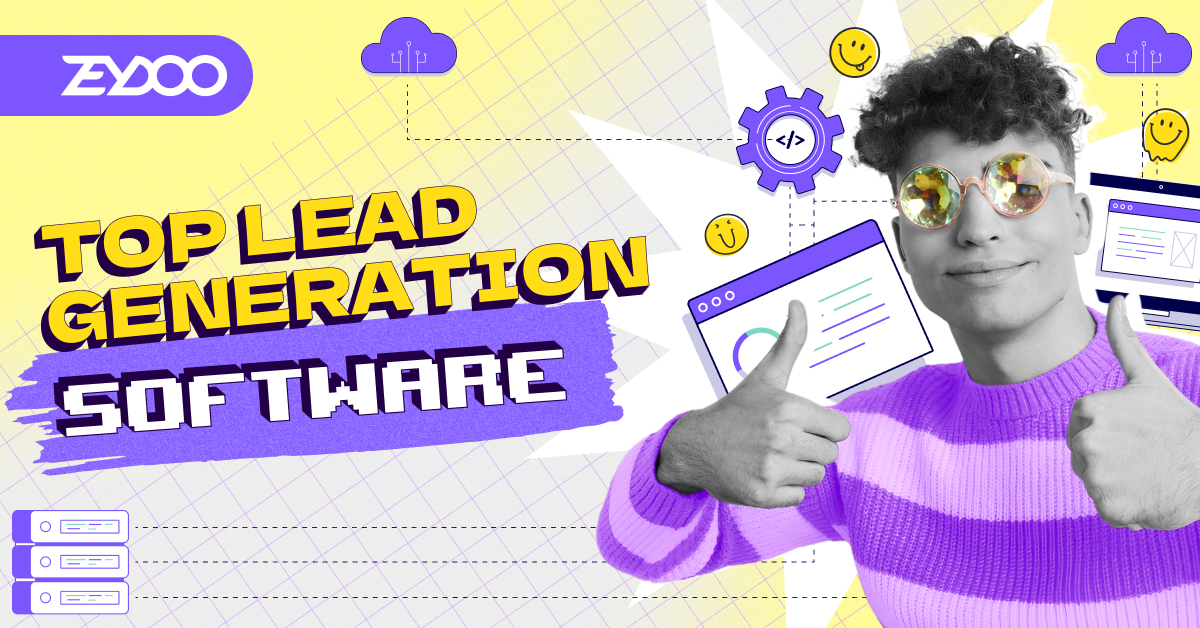
Planning Your Lead Generation Campaign
Throwing a big party needs careful planning. It’s always a good idea to be prepared and have a guest list, don’t you think? Same goes for lead generation campaigns. That said, here are pointers for planning your campaign:
#1. Identifying Target Audience
Now, let’s focus on identifying your target audience. Who is the person you envision as the perfect recipient for your messaging? Find out what kinds of customers your competitors are trying to get. Consider the age range of your prospects. If you know more about your potential buyers, you can better target their wants and needs. This will help you plan and carry out your campaign more effectively. Also, consider how your goal might connect with them.
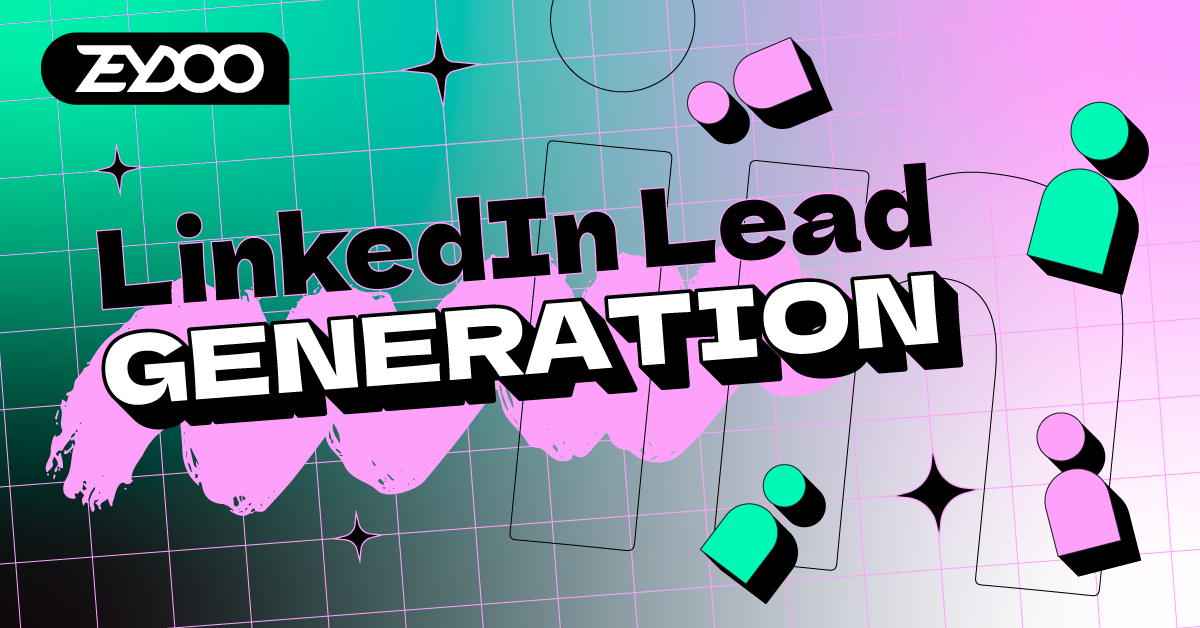
#2. Researching Competitors
Imagine you’re in charge of a digital agency. Take a look at what other digital agencies are doing to entice people. Examining your competitors can provide valuable insights into what is effective and not within your specific industry. Check out their websites, social media presence, and content strategy. Lay your hands on several lead generation campaign examples you can find. Observe and find ways to improve what others are doing with more creativity.
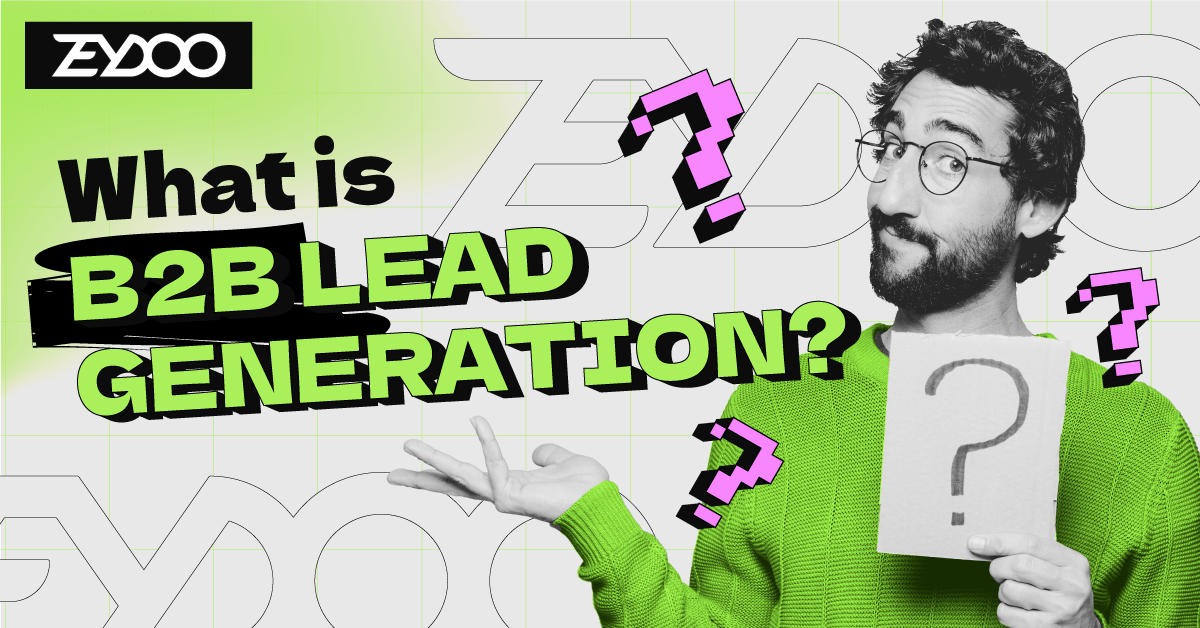
#3. Setting Clear Campaign Goals
Be clear about what you want your effort to do. Want to get a certain number of new people to sign up for your email list? Bring in a certain number of leads? Or maybe you want to get more people to know about and interact with your company. Make sure your goals are clear, measurable, and attainable.
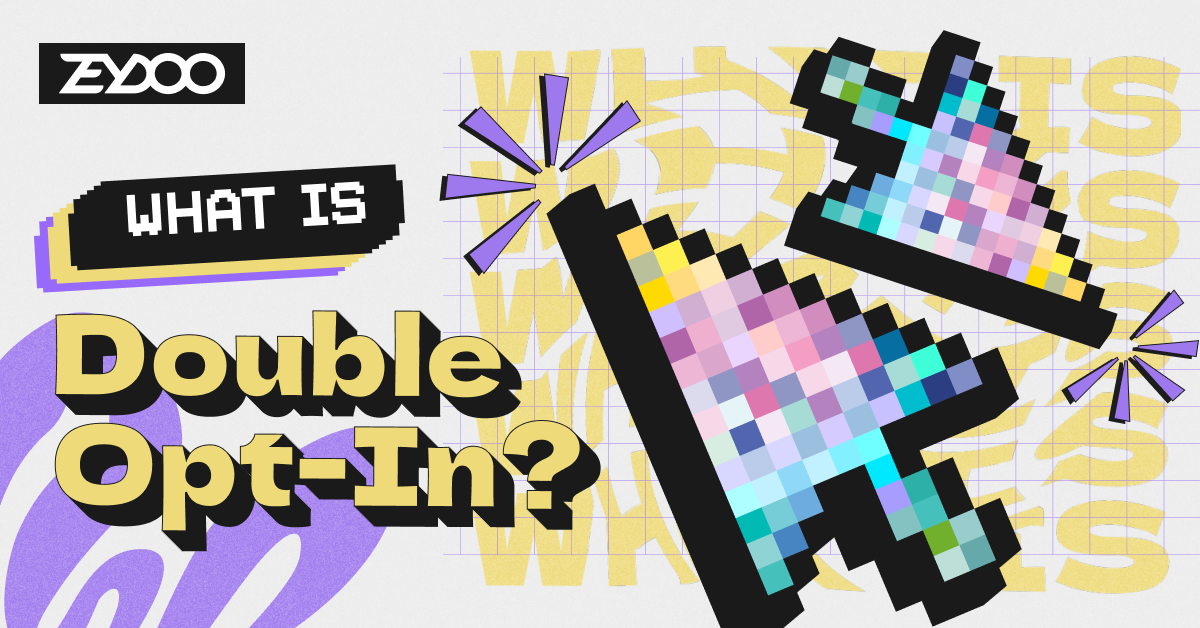
Developing a Comprehensive Content Strategy
Every piece of content has its own unique story. When combined, they create a larger narrative that reflects your identity. It shows what you know, believe, and where you fit in. Making a plan for your content ensures that every time you hit “publish,” you share a unified story.
Content Types for Lead Generation
It can be appealing to try to be everywhere and post regularly on all platforms, especially for someone new to this. However, it’s important to consider your objectives carefully. These are some content types:
- Short articles/blog posts: This type of content is commonly chosen due to its ease of creation and popularity. Well-crafted short articles can significantly boost traffic and generate leads for your website.
- Long-form articles: These are a fantastic way to explore a topic in great detail and offer valuable insights. It attracts organic traffic and boosts your search engine rankings.
- E-books and white papers: This content type can help you teach your audience new things and become a thought leader in your field. People who want to view your content must provide their contact information.
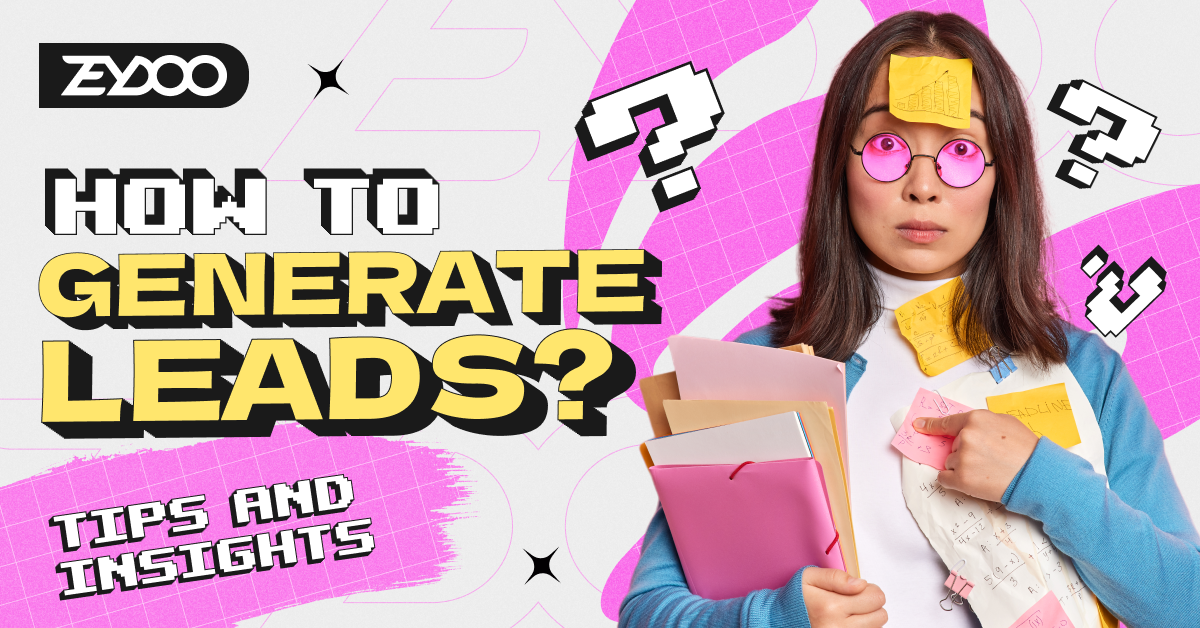
Content Creation and Optimization
Once your content is great, you must improve it to get the most attention and interest. This requires the right words, headlines, and meta descriptions. Create informative, entertaining, or inspiring content. If you offer digital marketing, try keywords like “best digital marketing tips.” This will make it easy for people to find your digital agency when they search the web.
Content Distribution and Promotion Channels
Making great content is only half the fight. You should also market and hand it out like a boss. To get your information seen by the right people, use different channels. It comprises email marketing, social media, paid ads, and networking. To reach the most people, you must promote and distribute content.
An SEO plan for your blog will help people use search engines to find your posts and brand. You can get more people to see your content and reach specific groups using paid ads. Email is also effective for getting the word out to those who have shown interest in your brand.
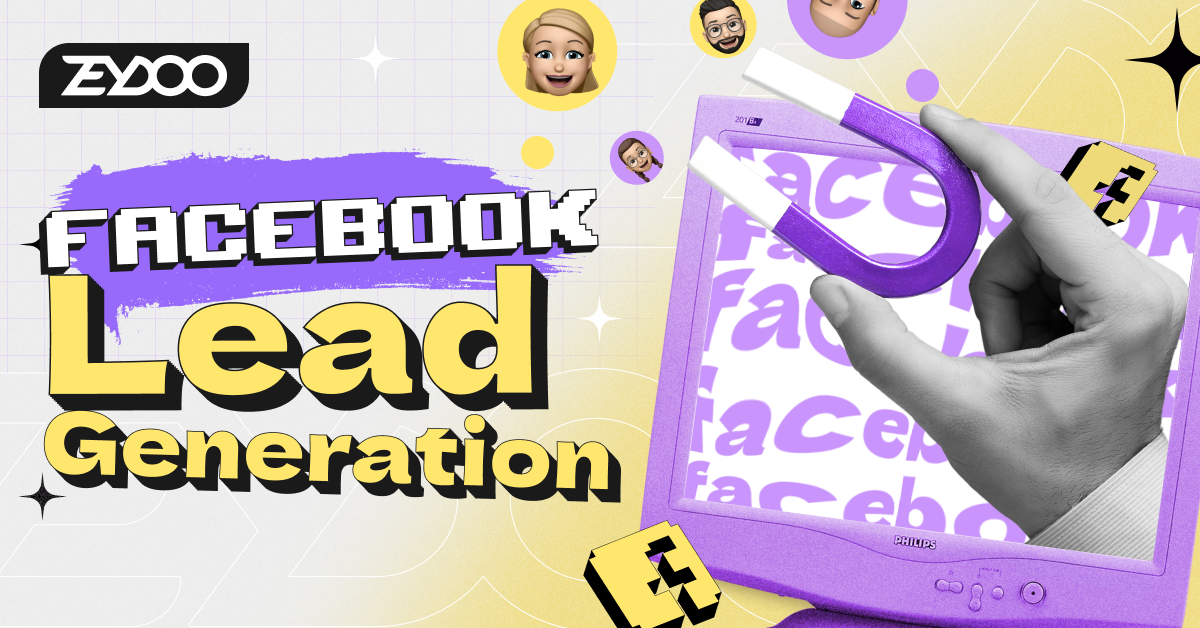
Building an Effective Lead Capture Funnel
You just had the best party of the year. But when it’s cleanup time, you remember forgetting to set up a guest book. It’s like that without a good lead capture funnel for your campaign. See how to create effective lead capture funnels below:
- Creating compelling lead magnets: A lead capture funnel starts with a lead magnet that your ideal customers can’t help but want. This could be a free ebook, checklist, or video course.
- Optimizing landing pages: Next, you need to make a landing page designed to get people to convert. It requires a clear call-to-action that tells people to give you their contact information in exchange for your lead magnet.
- Implementing lead capture forms: When someone fills out your form, you have a new, hot lead! The party doesn’t end there, though. You should keep in touch with them. Then, use email marketing and other methods to grow your relationship with them.
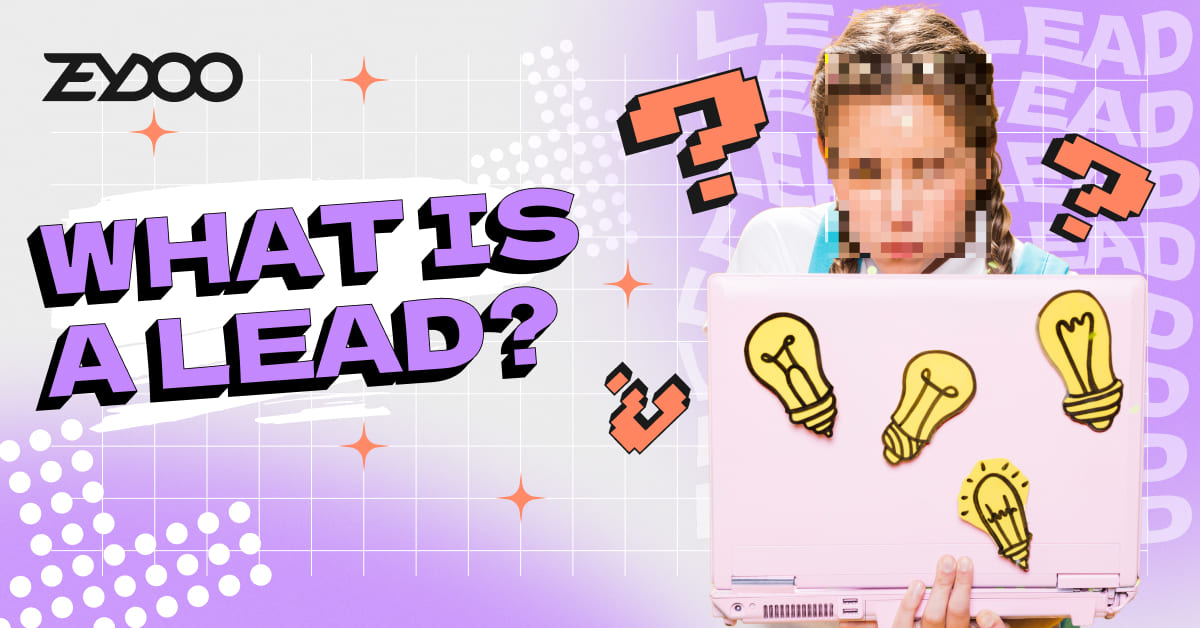
Leveraging Email Marketing for Lead Nurturing
An email is ideal for nurturing leads. You can use it to earn their trust and gently encourage them to buy. Determining which email types are best for each lead nurture stage may be hard. You use welcome emails, problem/solutions emails, and more. Offer special deals and share helpful content. Answer common questions they may have to keep them interested and move them closer to buying.
Based on the information you’ve gathered, use email personalization to make your messages fit each person’s interests. Customization is important, so use their name or unique pain points when talking to them. You will soon be well on your way to getting to know your leads better. And you can easily move on to making an offer and finishing the deal when the time is right.
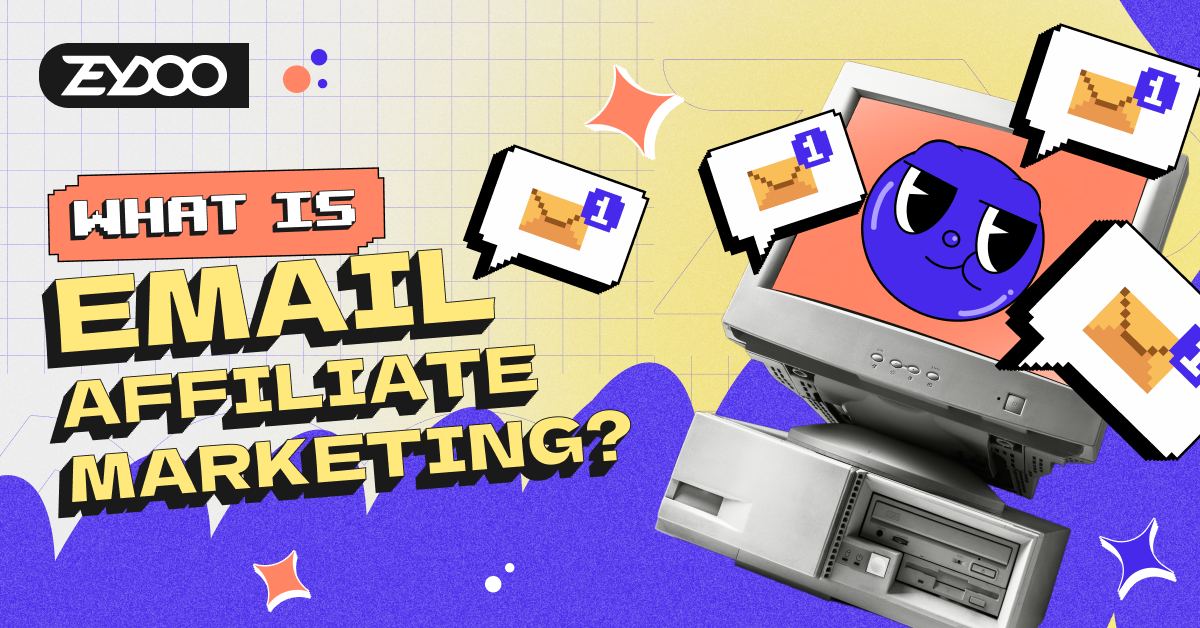
Lead Scoring and Qualification
Streamlining sales depends on how well you score and qualify leads. Lead scoring tells you how good each lead is by giving it a score. This will help you determine how and when to talk to the customer. The more points a lead has, the more likely they will buy something. Lead scores help you figure out which leads are hot, warm, or cold. You can then discover how to best market and sell to them.
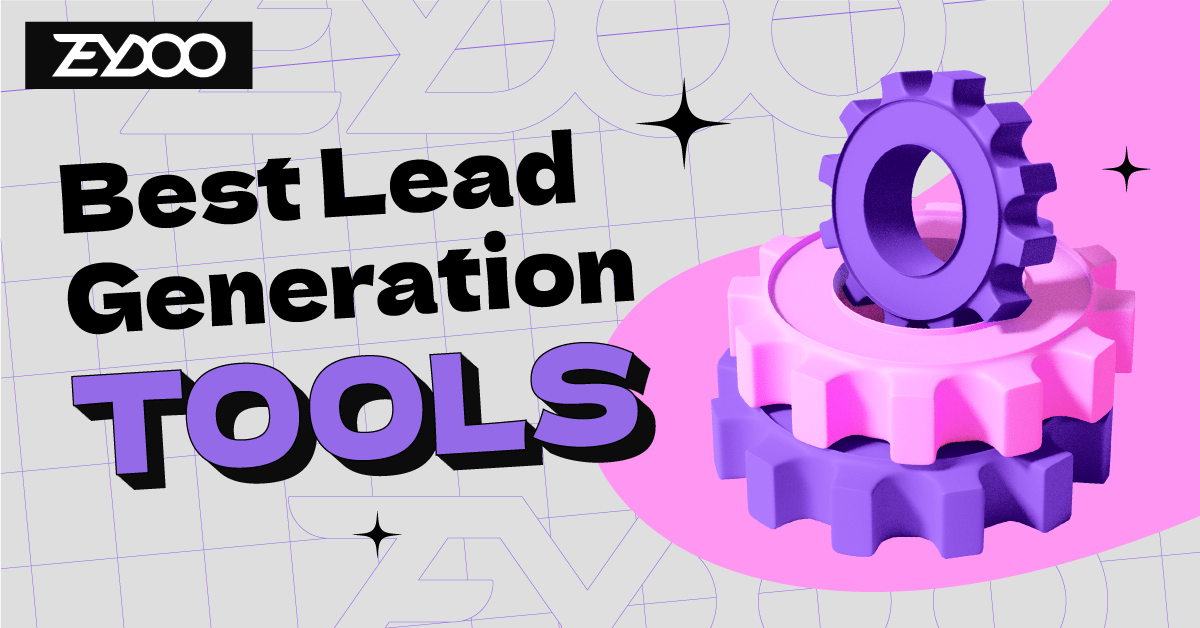
Prioritizing and Nurturing High-value Leads
You can focus on those most likely to buy by scoring and approving leads. It eliminates wasting time or money on those who aren’t interested or qualified. Keep leads engaged with personalized content and deals for their purchasing stage.
You should prioritize high-scoring leads for your sales team’s outreach. Offer them more focused content and guide them with customized email sequences. These messages should tackle their problems.

Lead Qualification Process and Sales Handoff
Lead qualification checks to see if your leads are a good fit and if they are ready to buy. You can eliminate leads that are not a good fit for your deal by qualifying them. Through this, you can figure out who isn’t ready to purchase. If you have one, the sales team can do this process.
To undergo this process, ask specific questions to determine what the customer wants. Discover how much money they have and who has the power to make decisions. Once leads have been checked out, they are handed off to the sales team. Then, they’ll be further nurtured and possibly become happy, long-term customers.
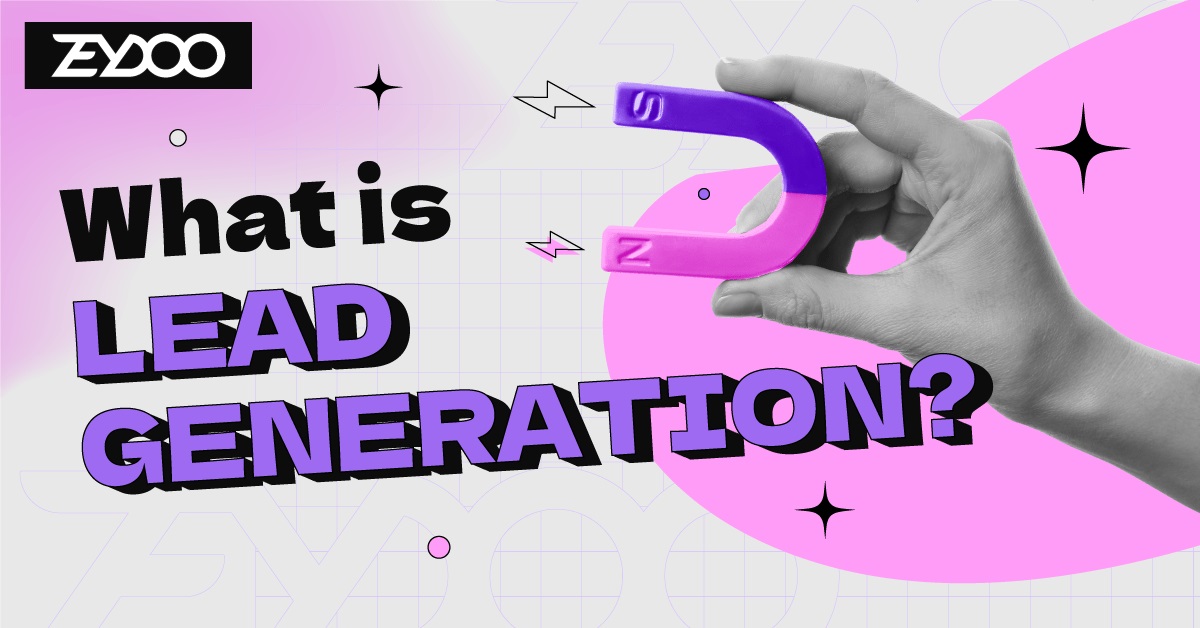
Measuring and Analyzing Campaign Performance
There’s more work to be done! It’s important to monitor and improve even the best lead generation campaigns and strategies. Keeping an eye on your content marketing metrics can help you see where your plan is failing. Once you know what’s working, you can make changes to fix or improve them. Doing this ensures that your plan aligns with your business goals.
For instance, tracking leads and conversions reveals your audience’s preferences and behavior. Tools like Google Analytics and Search Console help with tracking performance. These tools give you information about how your audience acts. Also, they reveal how your website shows up in search results.

Conclusion
If you had the question, what is a lead generation campaign? This guide must have provided you with answers. It’s all about defining your brand’s message. Then, create content that shows how you can solve their problems. You can use their data to improve your marketing and watch your efforts to get leads to grow. These clients will help your digital business do well in the long run!
